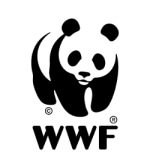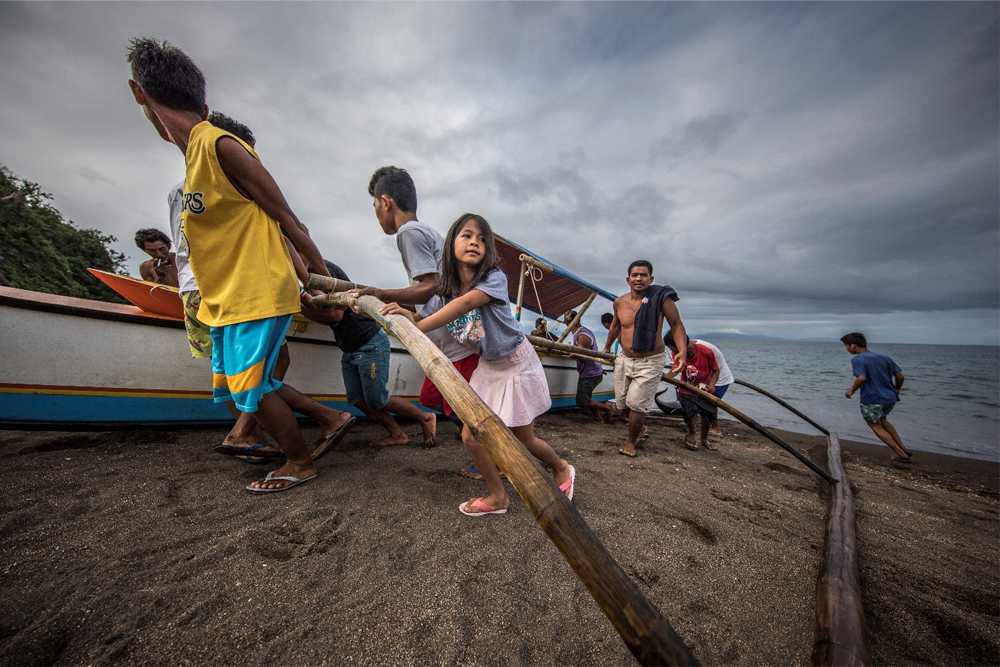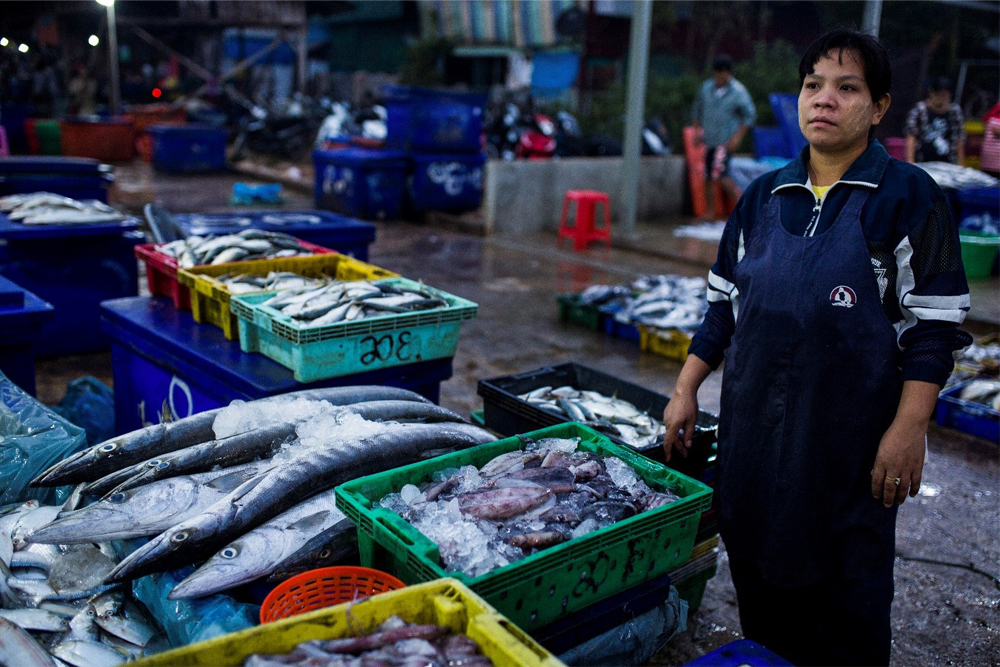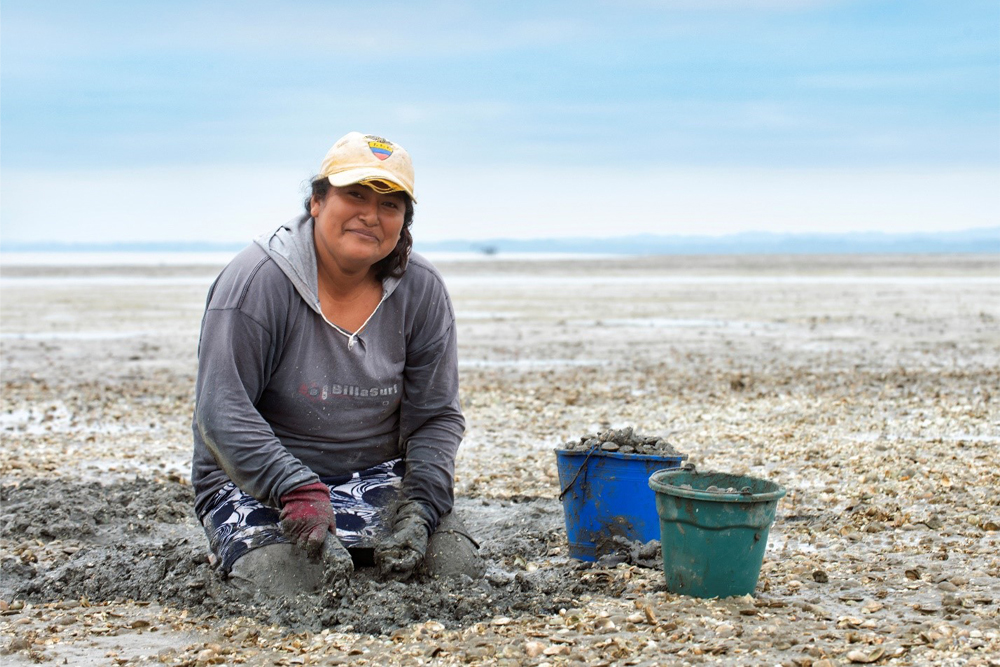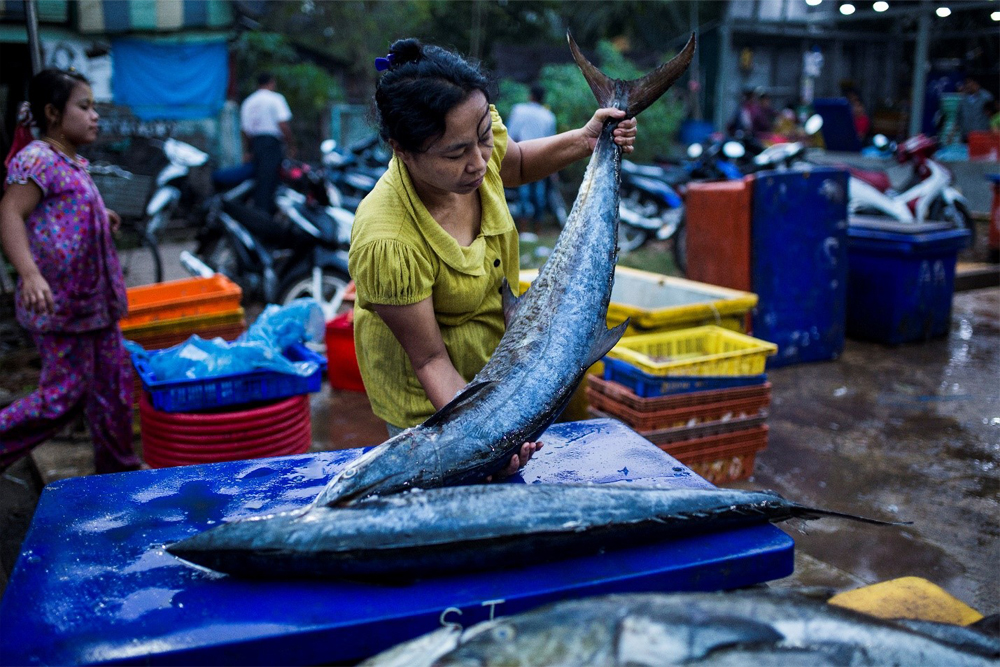Fishing is often seen as a man’s job. From sea to line to marketplace, in photographs and in literature and the news, men dominate the fishing scene, with the image of a brawny, sun-kissed man hauling his catch out of the sea now synonymous with the industry on a whole. The fishing industry looks like one that was made for and run by men – but is it? What role do women play, and why aren’t we giving them as much attention?
A report from the Stockholm Environment Institute explored the roll women play in the fishing industry, and what opportunities exist for gender equality in fisheries work. Exploring South and Southeast Asian fishing communities, the team set out to get a feel for gender politics in the sector – and found that women do, indeed, play an important part in these coastal communities.
“Child-rearing itself is a full-time job, but it’s not just that. Women are a part of fisheries work, too. For many, the idea of fishing is just the harvest stage, but there’s so much more going on,” said Raisa Pandan, WWF-Philippines Sustainable Tuna Partnerships Project Officer. The man’s role in the industry is largely understood to be the fishing process itself. Men are seen as the fishermen, braving the seas to bring in their pelagic harvests. Women, on the other hand, are seen as being the pre- and post-harvest work – preparing nets for fishing outings, for example, or processing the days’ catch and making it market ready. While the men are out to sea, it is said, the women stay home and hold the fort.
“Pre- and post- production are just as important as the harvest stage. Women keep this industry running,” continued Pandan as she reiterated that without the work of women, the men’s catches would not make it to the marketplace and the livelihood would collapse.
The differences in gender that exist in the actual activity of fishing are heightened in the political arena, with women being given very little room to voice their thoughts and opinions in an industry perceived to be ruled by men. This is not to say that women do not participate in community affairs. In fact, says Joann Binondo, WWF-Philippines Sustainable Tuna Project Manager, it’s the women who tend to attend community meetings and functions while the men are out at sea.
“Women are always performing invisible labor. People don’t see women because they aren’t going out to sea, they’re just stuck in the factory,” stated Binondo. Despite their involvement in the fishing industry, the role of women is often downplayed in favor of their male counterparts. As a result, many see little value in the work they do and, in turn, themselves. “When we ask women what they do while their husbands are out to sea, they answer in a very self-deprecating way. “Wala,” they say. We just stay at home,” Binondo added.
Men remain at the forefront while women lack in empowerment in an industry where they are just as important. Women are important at home, in the market place, at community meetings and even out at sea, yet their role in the industry is often downplayed in image and subsequent plans and policies. “You’re not getting the whole story if you’re only looking at the men. That’s the danger. Our fisheries, and everyone involved with them, would be better off if we put women back into the story,” concluded Pandan. A sustainable future where man lives in harmony with nature is a future that remembers women, too.

